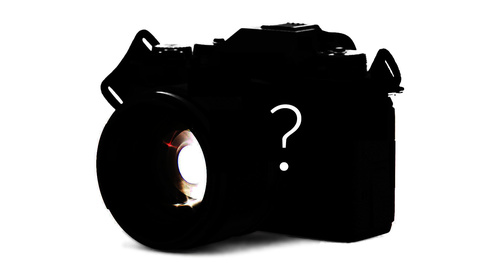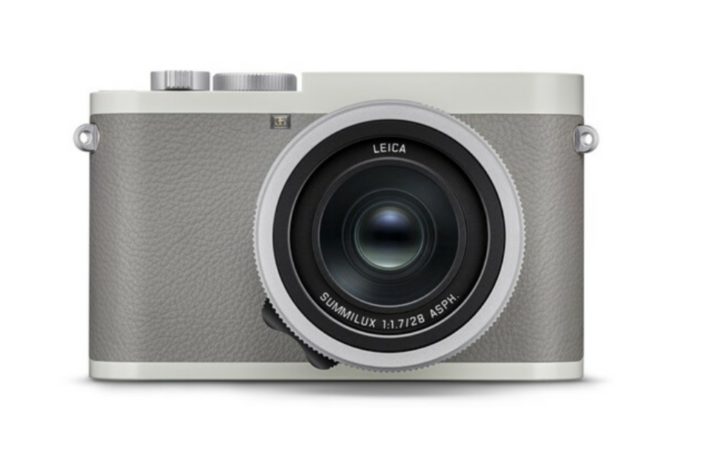
The concept of creating a mirrorless system is very similar in the case of all the camera manufacturers: get rid of the mirror and create a new lens mount closer to the sensor. What if there was another option to do it, arguably a better one? When we started moving from DSLRs to mirrorless camera systems, we entered uncharted waters, not exactly knowing what to expect. The first instinct was to make the cameras smaller, more portable — tiny body with a pancake lens, a hiker’s dream setup we still can get in many of the systems (e.g. the Fujifilm X-E4 or Sony a7C ). But then came the realization: while we can make the bodies smaller, it will happen at the cost of ergonomics. And it’s even more difficult with the lenses, as laws of physics cannot be bent to the will of even the best marketing division of a camera manufacturer. And so, our mirrorless journey, instead of smaller setups, led us to 2 lbs+ behemoths like the Panasonic Lumix S1 or Canon RF 85mm f/1.2 L — great and capable tools, but no different in size from their DSLR-era counterparts. Or even worse, they were bigger […]
Click here to view original web page at fstoppers.com





More Stories
The best Canon DSLR you can buy in 2022
How to Choose Your First Digital Camera
Photographer’s guide to buying a smartphone